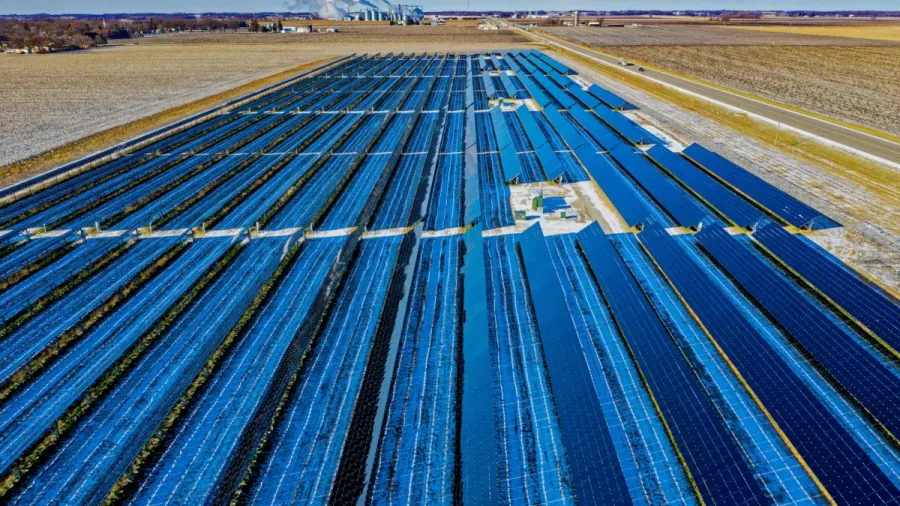
China unveils plan to boost new-type energy storage by 2027
The plan focuses on technological innovation, including the upgrading of lithium batteries and support for disruptive technologies.
China's Ministry of Industry and Information Technology (MIIT) and other government agencies have unveiled a comprehensive plan to accelerate the development of its new-type energy storage manufacturing sector.
By 2027, the sector aims to achieve international competitiveness, with more leading enterprises, enhanced innovation capabilities, and advancements in high-end, intelligent, and green development.
The plan focuses on technological innovation, including the upgrading of lithium batteries and support for disruptive technologies.
Additionally, it highlights the need for coordinated industrial development, emphasiing the monitoring of lithium battery production to avoid reckless investments and market disorder.
To optimise energy consumption, the government will support upstream and downstream enterprises in improving energy efficiency and expanding renewable energy use in manufacturing.
On the global front, China plans to integrate energy storage collaborations into international cooperation frameworks like the Belt and Road Initiative and BRICS, promoting mutually beneficial partnerships across industrial and supply chains.
Greenpeace East Asia views the plan as a critical shift for China’s energy storage industry, which will play a central role in integrating renewable energy into the national grid.
The organisation highlights that energy storage is essential for grid flexibility and for addressing the mismatch between manufacturing capabilities and current grid demand.
Greenpeace emphasises that the plan addresses intense competition in the industry by preventing price wars and market inefficiencies, a strategy aimed at avoiding involution. The policy is also expected to reshuffle market players, helping the sector achieve higher utilisation rates and sustainable expansion.
Additionally, Greenpeace notes the plan’s regional significance, particularly in Guangdong province, where energy storage has been identified as a strategic pillar industry.
The successful implementation of this plan is expected to enhance the grid’s ability to integrate renewable energy and contribute significantly to China’s energy transition.
















